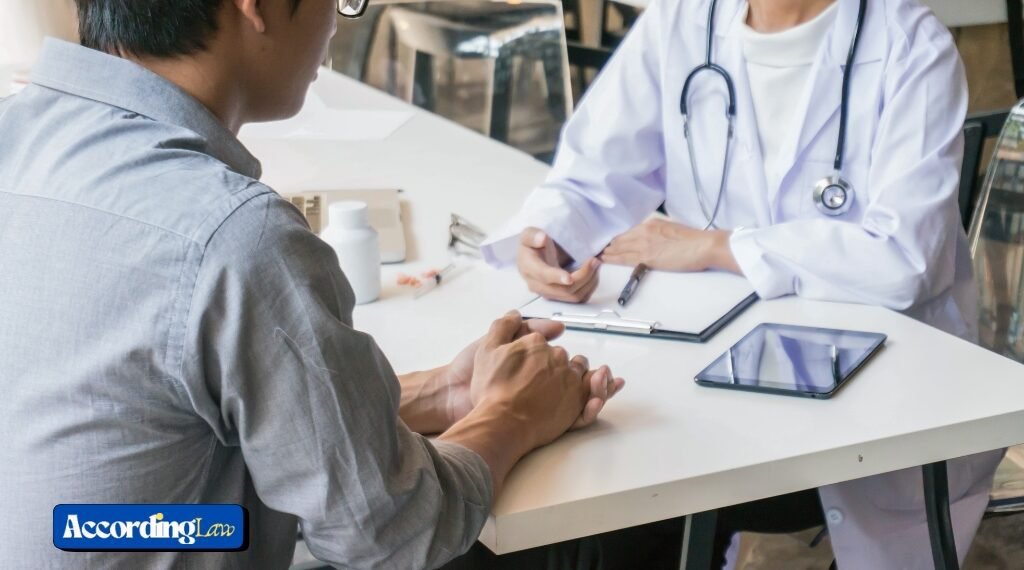In the bustling environment of public spaces, ensuring the safety of your patrons is not just a legal obligation but a testament to your commitment to customer care. As a business owner or manager, you understand that slip and fall incidents represent a significant risk, both financially and reputationally. Whether you’re looking for a Houston slip and fall accident lawyer, this article will guide you through effective preventive measures to mitigate these risks, safeguarding your clients and enhancing your establishment’s reputation.
Table of Contents
Understanding Slip and Fall Risks in Public Spaces
Recognizing the Hazards
To effectively mitigate slip and fall incidents, it’s crucial first to recognize the myriad hazards present in public spaces. These environments can range from retail stores to sidewalks, each with unique risk factors. Wet floors, uneven surfaces, and poor lighting are common culprits, often exacerbated by inadequate signage or maintenance. By identifying these hazards, businesses can proactively address potential dangers before they lead to accidents.
Assessing the Impact
Understanding the impact of slip and fall risks is pivotal. Such incidents can result in severe injuries, leading to costly legal claims and reputational damage for businesses. This underscores the importance of implementing comprehensive safety protocols. By prioritizing preventative measures, companies not only protect their patrons but also safeguard their operational integrity.
The Role of Environmental Factors in Slip and Fall Incidents
Surface Conditions
Environmental conditions play a critical role in slip and fall incidents. Uneven surfaces, worn flooring, or damaged carpets can significantly increase the risk of injury. Businesses should regularly inspect and repair these surfaces to prevent accidents and ensure a safe working environment. Consider using slip-resistant materials, especially in high-traffic areas, to further reduce the risk.
Weather Conditions
Weather is a major external factor that cannot be controlled but can be managed. Rain, snow, and ice create hazardous conditions outside and near entrances. It is essential to maintain these areas by using mats, installing floor drains, and utilizing timely snow removal services. Be proactive in communicating potential hazards to the public through clear signage.
Lighting and Visibility
Good lighting is crucial for maintaining visibility in public spaces. Insufficient lighting can obscure potential hazards, increasing the risk of falls. Regular maintenance checks should ensure adequate illumination, especially in stairwells, hallways, and parking lots. Consider motion-activated lights as a cost-effective solution to enhance safety while conserving energy.
Key Preventive Measures for Businesses to Implement
Strategic Flooring Choices
Selecting the right flooring material is crucial in minimizing slip and fall incidents. Opt for non-slip surfaces, especially in high-traffic areas. Materials such as textured tiles or slip-resistant vinyl can significantly enhance safety. Regular maintenance is also vital; even the best flooring loses its effectiveness if neglected and allowed to wear down over time.
Effective Lighting
Adequate lighting plays a pivotal role in preventing accidents. Ensure that all areas, especially stairways and pathways, are well-lit. Use motion-sensor lights in less-frequented spaces to both save energy and increase safety when needed.
Clear Signage and Markings
Implementing clear, visible signage can prevent many accidents. Use bold colors and large fonts for warning signs in areas that pose potential hazards. Similarly, floor markings can efficiently guide foot traffic, reducing congestion and possible mishaps.
Training Staff to Mitigate Slip and Fall Risks
Understanding the Importance of Training
Practical staff training is crucial in preventing slip and fall accidents, as it equips employees with the knowledge and skills needed to identify potential hazards. Recognizing these risks early allows for timely intervention, preventing accidents before they occur. Training also instills a culture of safety, ensuring that everyone prioritizes the well-being of both employees and customers.
Key Training Components
To mitigate slip and fall risks, training should cover:
Reinforcement and Evaluation
Continual reinforcement of safety training ensures long-term adherence to protocols. Regular evaluations and refresher courses keep staff informed about updates in safety practices, fostering a proactive approach to hazard prevention.
Leveraging Technology to Enhance Safety in Public Spaces
Implementing Smart Sensors
Integrating smart sensors in public spaces can significantly enhance safety by providing real-time data about environmental conditions. Sensors can detect hazards, such as wet floors, and immediately alert maintenance staff to address the issues promptly. These sensors, often connected to centralized monitoring systems, offer the dual benefit of reducing response time and minimizing risk, ensuring that public areas remain safe and accessible.
Utilizing AI for Predictive Maintenance
Artificial intelligence (AI) plays a crucial role in predicting and preventing slip-and-fall incidents. By analyzing patterns and historical data, AI algorithms can forecast potential hazards before they occur. This predictive maintenance allows businesses to proactively implement safety measures, reducing the likelihood of accidents and enhancing overall public safety.
Final Thoughts
Incorporating these preventative measures into your business operations not only safeguards your patrons but also fortifies your reputation as a responsible establishment. Whether looking for a Houston slip and fall accident lawyer, prioritizing safety reduces potential liabilities and enhances customer trust, ultimately fostering a more inviting environment. As you move forward, remember that vigilance and regular maintenance are crucial in mitigating slip and fall risks.


